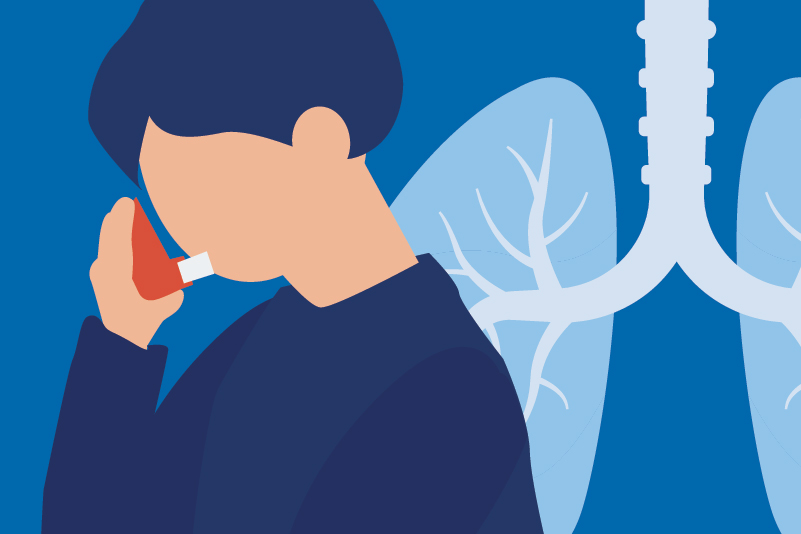#55 Roflumilast – COPD relief at last?

Reading Tools for Practice Article can earn you MainPro+ Credits
Join NowAlready a CFPCLearn Member? Log in
- Statistically significant benefit:
- Reduced likelihood of one or more COPD exacerbations of moderate (requiring corticosteroids) or severe (requiring admission) severity: 31.7% in placebo versuss. 27.4% in roflumilast, Number Needed to Treat (NNT)=24.
- Benefit similar regardless of other COPD treatments.
- Reduced likelihood of one or more COPD exacerbations of moderate (requiring corticosteroids) or severe (requiring admission) severity: 31.7% in placebo versuss. 27.4% in roflumilast, Number Needed to Treat (NNT)=24.
- Not statistically and/or clinically significant:
- No reduction in mortality.
- Multiple quality of life and symptom scores with few reaching statistical significance and none reaching clinical importance.
- Statistically but not clinically important improvement in FEV1 with roflumilast (56 mL).
- Harms:
- More participants in the roflumilast groups experienced:
- Psychiatric adverse events, including anxiety, depression, and insomnia, Number Needed to Harm (NNH)=28.
- Weight loss NNH=17.
- Diarrhea NNH=15.
- Nausea NNH=31.
- Headache NNH=44.
- Weight loss is on average 2 kg over 24-52 weeks,2,3 though one study found this same weight loss within 1one month after starting roflumilast following a COPD exacerbation.4
- More participants in the roflumilast groups experienced:
- Roflumilast is an oral phosphodiesterase 4 (PDE4) inhibitor that reduces the airway inflammation and bronchoconstriction seen in COPD.
- Change in FEV1 of 100 mL is considered the minimum clinically important difference.5
- However, the observed FEV1 improvement with roflumilast is similar to that for salmeterol or fluticasone in the TORCH trial.5
- In patients with previous COPD exacerbation, weight loss is a risk factor for re-hospitalization and death.7-9






